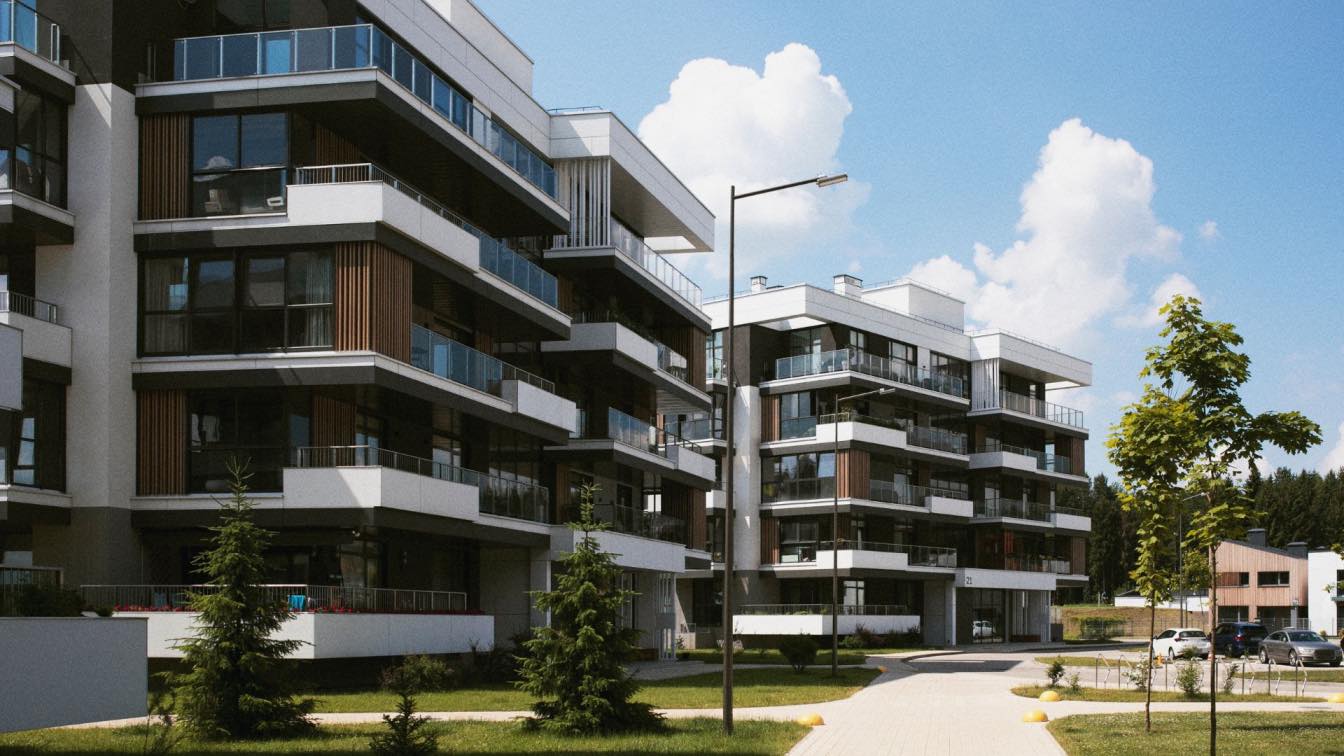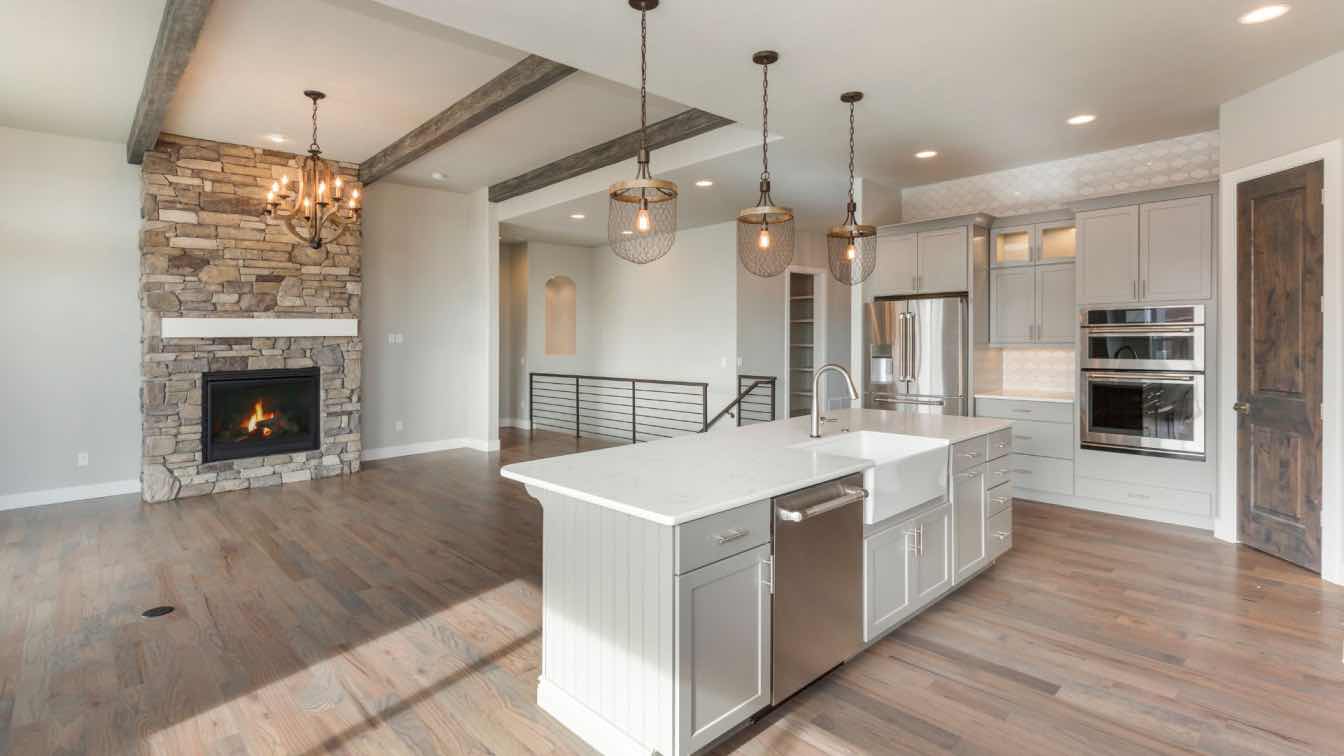Co-op housing and co-living have become increasingly popular over the years. It refers to a residential housing model in which residents don't own each residential unit outright but are shareholders of the co-op. The amount of shares they own is based on numerous factors, like the size of their unit or apartment. This model is increasingly seen as a more affordable alternative to traditional residential apartments or houses.
Let's have a look at some of the most interesting cooperative architectural trends and insights.
Promoting harmony between residents and nature
Architect Tsukasa Ono used a "regenerative" strategy to enhance the soil by encouraging the growth of mycelium and bacteria in Sumu Yakushima, a housing project on Japan's Yakushima island. This strategy blends modern technology with traditional Japanese civil engineering to construct structures that adapt to their environment and promote the development of plants and other living things. Ono also utilized a fermented plaster formed by combining charcoal with a particular kind of bacteria for the inside walls and flooring. According to the architect, the plaster prevents mold and other putrefactive germs, aiding in creating a stable indoor atmosphere.
Improving life quality among the elderly
Seniors are increasingly looking at cooperative living as a more affordable alternative to traditional housing.
Senior cooperative members often buy a piece of the land and pay monthly dues to support the community's operation and upkeep expenses. Such cooperatives include amenities like tennis courts, entertainment areas with barbeque stations, parking facilities, and fitness stations, not to mention golf grounds that are a hit among the elderly.
Besides delivering comfortable living environments, senior cooperative housing also gives senior residents a stronger sense of community.
Co-living projects aimed at newcomers
Co-op living is also an attractive option for those moving to big cities with increasingly prohibitive real estate markets.
One example is Common Melrose, a communal housing complex with 23 bedrooms that are intended to be an affordable alternative to traditional residential arrangements. California-based Bittoni Architects designed the complex.
Such places are great for people who are new to the city and require that sense of communal feeling. At Common Melrose, one bedroom can occupy two individuals. One-bedroom rent is $1400, so when divided by two, it proves to be an affordable option and excellent value for money.
This property is popular among young adults because of the social aspect it provides. Not just by being located in Los Angeles but also all amenities plus the shared roof decks makes it a great place for parties.
The increasing popularity of multifamily designs
Multifamily cooperative living spaces must have the capacity to accommodate several families while also providing a sense of privacy and comfort.
These places are designed so that each member's privacy is not at stake and that they can carry on with their own lives without being near each other.
An increasing focus on sustainability
In order to ensure affordability, co-living complexes are often designed with sustainability in mind. This can be achieved in various ways, such as relying on renewable energy sources and energy-efficient appliances. The use of green materials and innovative building techniques helps keep costs down while also reducing the environmental impact.
Using Alternative Materials
When searching for a suitable property, the physical appeal of the house matters. So do the materials it is made out of. Monotonous red brick walls can get boring over time.
Alternative materials, such as bamboo, can provide the walls with a beautiful and original texture. Such materials also have an advantage regarding sustainability, as they are eco-friendly and recyclable.
Other features like high ceilings, a simple layout, and balconies result in a more open and brighter look. There must be plenty of storage options as the house must be convenient for multiple people to live there. Try purchasing furniture that has the extra storage option beneath it, and extra storage can be placed beneath the staircase.
In conclusion
When planning living places for multiple individuals that are expected to live together under one roof, particular emphasis should be placed on its design and architecture. Over the years, new trends have emerged in this field. Some examples include senior cooperative housing, co-living projects aimed at newcomers, and multifamily designs.





